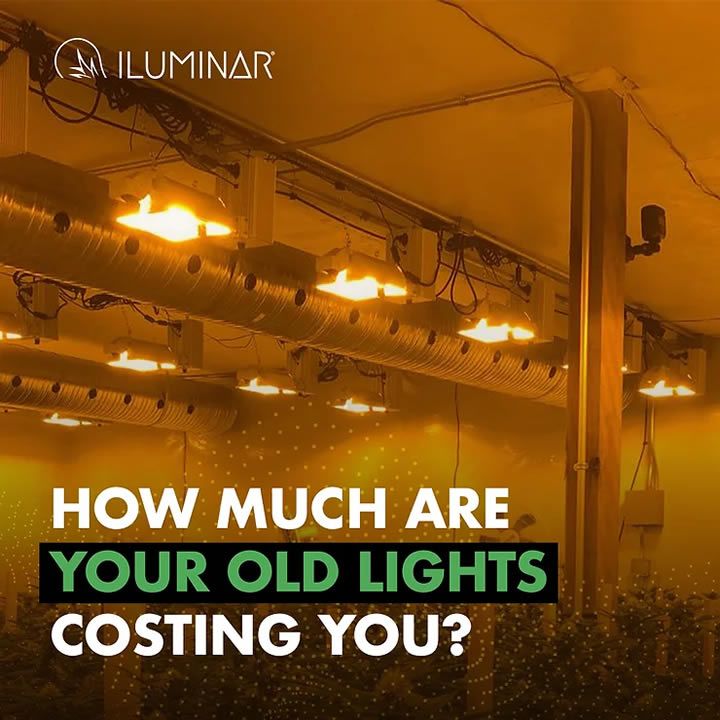Check out the latest blog from Iluminar Lighting to get the scoop on why lamps degrade, how reflectors lose their shine, and what you can do to keep your plants thriving. Trust me, you don’t wanna miss this!
Gustavo Razo | Iluminar Lighting
Let’s be real, grow lights and reflectors wear out over time. And if you’re not on top of it, your yields can take a serious hit. So, how much yield are you losing?
Check out our latest blog to get the scoop on why lamps degrade, how reflectors lose their shine, and what you can do to keep your plants thriving. Trust me, you don’t wanna miss this!
Why Do Lamps Degrade?
- Physical changes: Electrodes inside the lamp wear out.
- Chemical shifts: Metals in the arc tube change over time.
.jpg)
Why Do Reflectors Lose Reflectivity?
How Does Light Loss Affect Your Yields?
How Bright Is Your Bulb?
HPS lamps: More durable than CMH lamps.
- Standard cycle Veg: 18 hours/day for 365 days = 6570 hours.
- Standar cycle for Flower 12 hours/day for 365 = 4680 hours.

Should You Change Your Reflector Regularly?
While LEDs are plug-and-play and last for years with minimal maintenance, HPS and other HID lights need regular attention. It's well-known that HPS lamps lose efficiency over time and should be replaced regularly. We recommend changing reflectors about once a year as well, because the heat and intense light degrade the reflective surface.
Testing Reflector Efficiency
- New Reflector: PPFD measured at 775 μmol/m²/sec.
- 1-Year-Old Reflector: PPFD measured at 730 μmol/m²/sec.
Cost of Yield Loss
When Should You Replace Your Lamps?
.jpg)
How Often Should You Replace Reflectors?
At least every 12 months. Remember, half of your light hits the reflector, so even a 1% drop costs you 0.5% of your yield.
Keep growing fire. Keep your grow room lit and productive by staying on top of your lighting maintenance. For all your lighting needs, visit us at iluminarlighting.com
The content & opinions in this article are the author’s and do not necessarily represent the views of AgriTechTomorrow
Comments (0)
This post does not have any comments. Be the first to leave a comment below.
Featured Product


